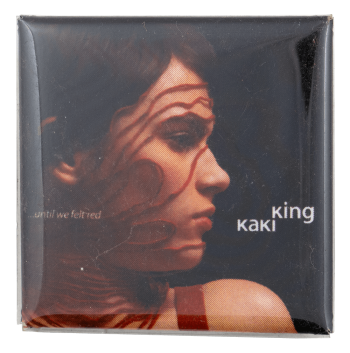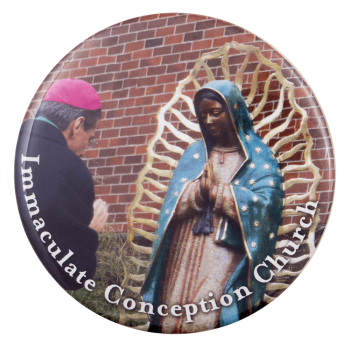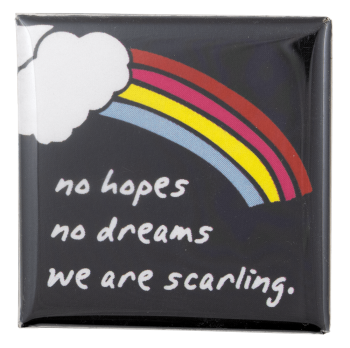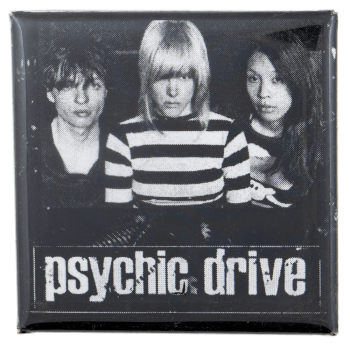Until We Felt Red
| Category | |
|---|---|
| Additional Images | |
| Sub Categories | |
| Text on Button | ...until we felt red kaki king |
| Image Description | A photograph of Kaki King wrapped in red yarn with white text on a black background. |
| Curl Text | www.kakiking.com |
| Back Style | |
| The Shape | |
| The Size | |
| Year / Decade Made | |
| Additional Information | Kaki King is a composer and musician known for her technical mastery of the guitar and is known as one of the world’s greatest living guitarists. She has released 9 albums and toured extensively. She scored the music for the films, “August Rush” and “Into the Wild”, for which she received a Golden Globe nomination for Best Original Score. She has collaborated with many artists, including The Foo Fighters, Tegan and Sara, and Northern State. King released her third album, …Until We Felt Red, in 2006. The album was King’s first attempt to distance herself from her musical past, going toward a post-rock feel. |
| Sources |
About. (n.d.). Kaki King. http://www.kakiking.com/contact Kaki King, more live from the SXSW World Café Show. (2008, March 14). NPR. https://www.npr.org/templates/story/story.php?storyId=87926293 |
| Catalog ID | MU0549 |




















